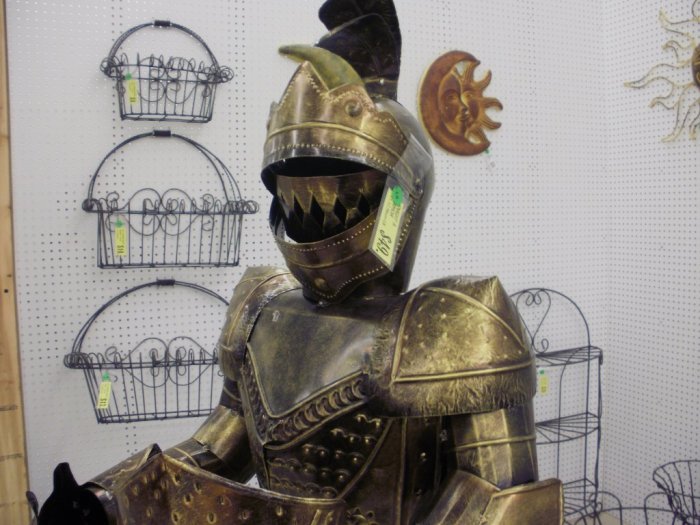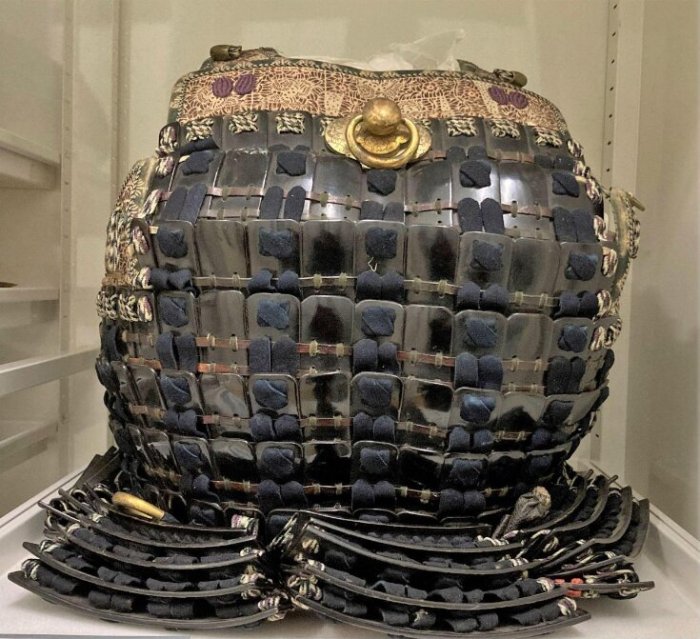Full suits of armor, a testament to human ingenuity and the relentless pursuit of protection, have captivated imaginations for centuries. From the gleaming plate armor of medieval knights to the intricate chainmail of ancient warriors, these suits of armor have played a pivotal role in shaping the course of history and continue to inspire awe and wonder.
Throughout history, full suits of armor have evolved in both form and function, reflecting the technological advancements and cultural influences of their time. From the humble beginnings of leather and bronze to the sophisticated craftsmanship of hardened steel, armor has provided warriors with an essential advantage on the battlefield, shielding them from harm and instilling fear in their adversaries.
1. Historical Evolution of Full Suits of Armor
Full suits of armor have a rich and varied history, spanning centuries and cultures. Their evolution reflects advancements in warfare, technology, and craftsmanship.
The earliest forms of armor were simple leather or cloth garments designed to protect against arrows and swords. As warfare evolved, metal armor became increasingly common, with bronze and iron being the primary materials.
By the Middle Ages, full suits of plate armor had become the standard for knights and other elite warriors. Plate armor was made from interlocking metal plates that covered the entire body, providing excellent protection against both blunt force and piercing weapons.
The Renaissance saw the development of more elaborate and ornate armor, often decorated with intricate designs and engravings. By the 17th century, full suits of armor had become less common on the battlefield, as firearms became more prevalent.
2. Types of Full Suits of Armor

There are three main types of full suits of armor:
- Plate armor:Made from interlocking metal plates, plate armor provided the best protection against weapons. It was heavy and expensive, but offered excellent mobility.
- Chainmail:Made from interlocking metal rings, chainmail was more flexible and lighter than plate armor. However, it was less effective against piercing weapons.
- Lamellar armor:Made from overlapping metal scales, lamellar armor was similar to chainmail in terms of flexibility and weight. It was often used by cavalry and archers.
3. Components of a Full Suit of Armor

A full suit of armor typically consists of the following components:
- Helmet:Protected the head and face from injury.
- Chest plate:Protected the torso from arrows and swords.
- Gauntlets:Protected the hands and forearms.
- Leg armor:Protected the legs and feet.
4. Cultural Significance of Full Suits of Armor
Full suits of armor have played a significant role in different cultures throughout history.
- Warfare:Armor was essential for protecting warriors in battle.
- Heraldry:Coats of arms often depicted armor, representing the warrior’s family or allegiance.
- Art:Armor was often decorated with intricate designs, making it a form of artistic expression.
5. Modern Applications of Full Suits of Armor
Today, full suits of armor are primarily used in historical reenactment, cosplay, and film.
- Historical reenactment:Armor is used to recreate historical battles and events.
- Cosplay:Armor is used to create costumes for characters from movies, video games, and anime.
- Film:Armor is used to create realistic and authentic costumes for historical and fantasy films.
FAQ Guide
What materials were commonly used in the construction of full suits of armor?
Throughout history, armorers employed a variety of materials, including leather, bronze, iron, and steel. The choice of material often depended on the available resources, the level of protection required, and the wearer’s budget.
How did the design of full suits of armor change over time?
Armor design underwent significant evolution over the centuries, driven by technological advancements and changing warfare tactics. Early armor consisted of simple pieces of leather or bronze that gradually gave way to more sophisticated designs, such as chainmail and plate armor.
The introduction of gunpowder weapons led to the development of specialized armor, such as bulletproof vests and helmets.
What was the cultural significance of full suits of armor?
Full suits of armor held immense cultural significance, symbolizing power, status, and wealth. In many societies, armor was intricately decorated with elaborate designs and heraldry, reflecting the wearer’s lineage and achievements. Armor also played a ceremonial role in royal courts and religious ceremonies.
